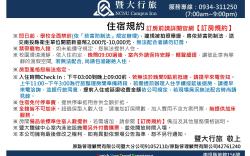Wagashi Forest Introduction
Master tea artist Shih Chao-Hsing graduated from the "Tea Industry Training Institute" in his early years. In 1951, he was sent by the Japanese to work at the "Chimu Black Tea Factory," where he inherited traditional Japanese tea-making techniques and served as the factory manager until his retirement. His passion and dedication to black tea witnessed the rise and fall of the Sun Moon Lake black tea industry. Once, Sun Moon Lake black tea was extremely popular, thriving from the early Japanese occupation's cultivation efforts to the prosperous tea years of the 1960s. However, due to significant changes in the tea industry and the influx of cheap foreign tea, the Sun Moon Lake black tea industry gradually declined. The master tea artist cultivated and processed tea for sixty years, nurturing a deep affection for the land and hope for the industry. While others became wealthy by cultivating betel nuts, he insisted on growing tea, believing that black tea would one day regain its former glory. For the couple Shih Ju-Hua and Chen Yen-Chuan, who continue a two-generation tradition, they have inherited their father's artisan spirit and tea-making techniques. Beyond crafting great tea, they are committed to ensuring that good tea gets the recognition it deserves, thus creating a new image for Sun Moon Lake black tea. In 2015, they established a tourist tea factory, providing a place to witness the historical and cultural development of the Sun Moon Lake black tea industry, helping others understand knowledge about black tea and contributing to the local cultural heritage, further promoting the culture of Sun Moon Lake black tea to let the world see the tea art revival of Sun Moon Lake black tea.





































